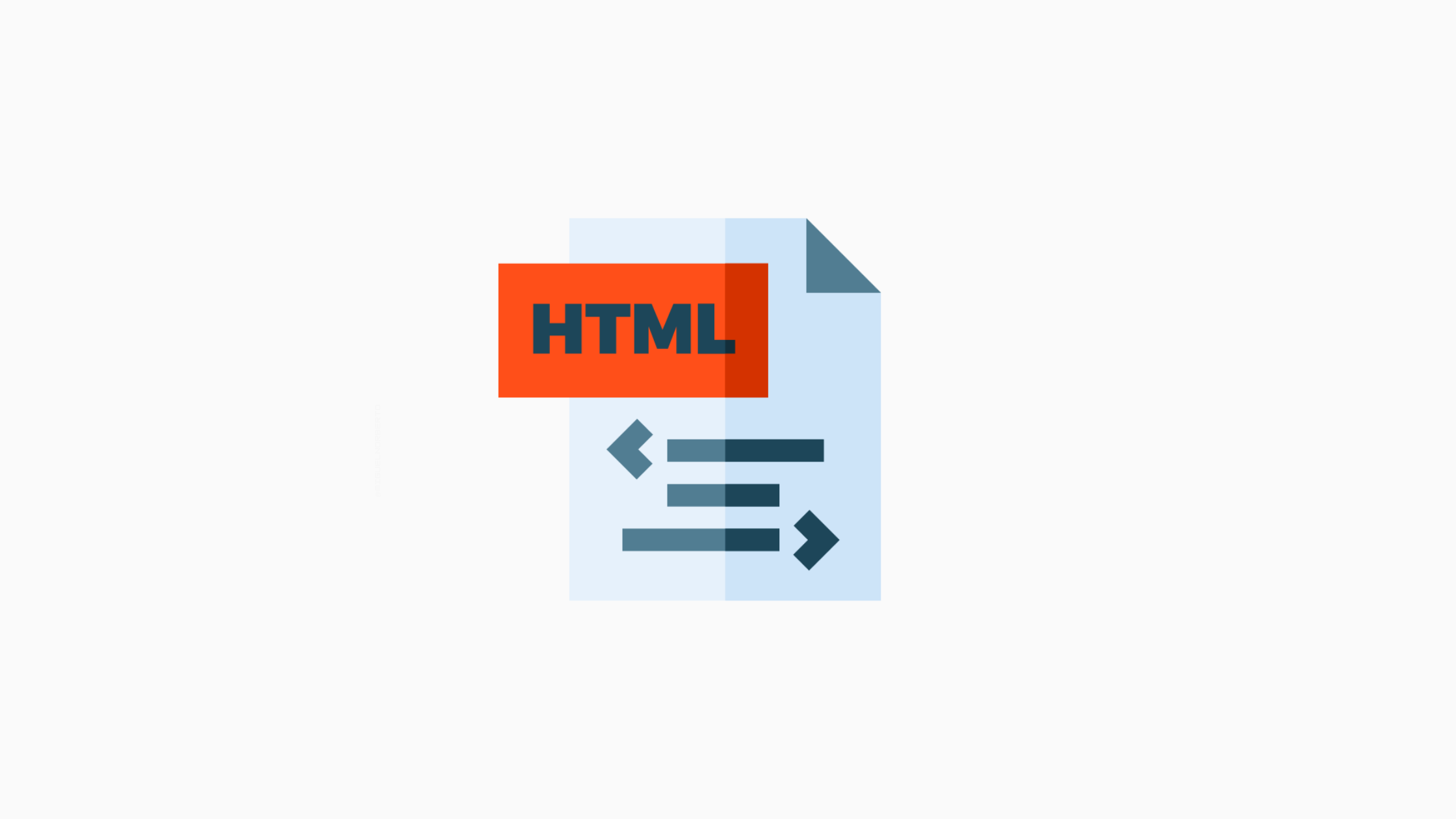An HTML CheatSheet

HTML is the language for creating websites. A cheat sheet is a document that helps you remember how to do things in a specific program.
This HTML cheat sheet will help you create basic web pages. It includes information on how to create headings, paragraphs, and links. It also provides information on formatting text, adding images, and creating tables.
Basic Tags: Describe the basic tags for creating an HTML document.
An HTML document is written in the HTML language and consists of tags and text. The tags are used to create the document structure and control the text’s appearance. The most basic tags are <html>, <head>, is displayed in the browser's title bar. The <body> tag contains the page's main content, and between it and </body> is where all of the text goes.
Formatting: Discuss how to format text in HTML.
When creating a web page, text formatting is very important. You want to make sure that the text looks good and is easy to read. In HTML, there are a few different ways to format your text.
One way is to use the and tags. This will make the text bold. Another way is to use the and tags. This will make the text italicized. You can also use the <pre> tag to make text look like a pre-formatted box.
You can also change the font size and color of your text. To do this, you can use the tag. You can also use the <h1>, <h2>, and <h3> tags to change the header font size.
Images: Discuss adding images to HTML documents.
Images are a great way to add visual interest to an HTML document. To add an image, use the
tag. The
tag has two required attributes: src and alt. The src attribute is the path to the image file, and the alt attribute is the text that will be displayed if the image can’t be displayed. You can also add other optional attributes, such as width and height.
Tables: Outline the basics of creating tables in HTML.
HTML tables are used to display data in a grid-like format. The table’s rows and columns can be styled to display different text and background colors, and borders can be added for extra definition.
To create a table in HTML, start by specifying the table’s dimensions using the <table> element. The <table> element has two required attributes: the “width” attribute sets the width of the table in pixels, and the “height” attribute sets the height of the table in pixels.
Next, add the <tr> (table row) elements for each row in the table. Within each <tr> element, add the <td> (table data cell) elements for each column in the row.
Finally, add any desired CSS styles to style the table’s appearance.
Forms: Describe the basics of creating forms in HTML.
HTML forms are used to collect user input from web pages. The <form> tag is used to create a form, and the tag creates input fields. The most common input fields are text, password, checkboxes, and radio buttons. The tag is used to give a label to an input field, and the tag is used to create a drop-down list. The
Conclusion
HTML is a markup language used to create websites. It is a prevalent language and is used by many people worldwide. Many resources are available for learning HTML, and it is a relatively easy language to learn.
If you are interested in creating websites, HTML is an excellent place to start.